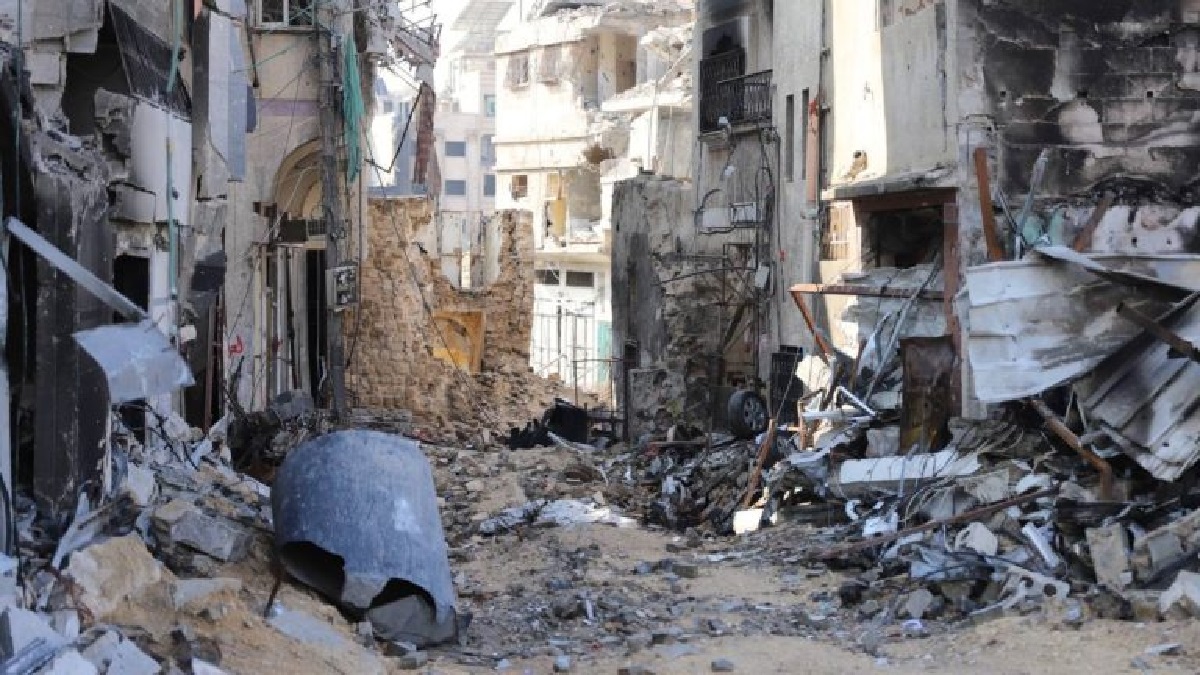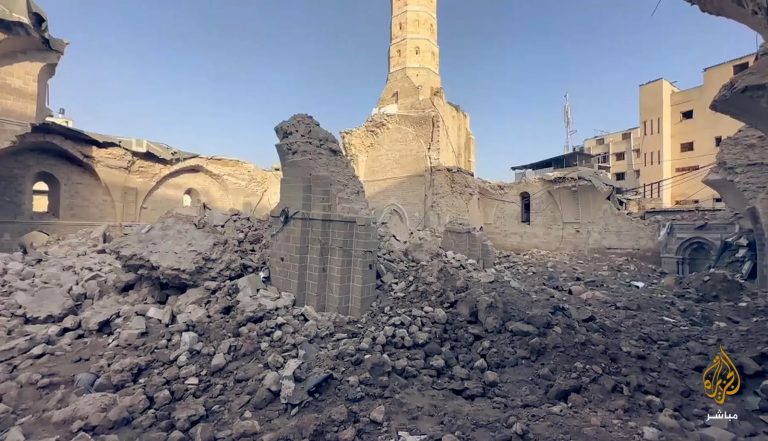
Watan-The Palestinians in Gaza Suffer Unprecedented Material Losses Due to Israeli Bombardment Over Three Months. They Haven’t Just Lost Their Homes, Entire Neighborhoods, and Civil Infrastructure, but Residents Say the Damage, Immeasurable and Irreparable, Amounts to the Erasure of Gaza’s History.
This is how the Middle East Eye began its report, stating that since the beginning of the war on Gaza on October 7th, the occupying forces have targeted and destroyed dozens of heritage sites, including churches, historical mosques, cultural museums, and archaeological structures dating back thousands of years.
Key religious sites were particularly vulnerable to Israeli airstrikes and artillery bombardments across various regions of Gaza. Many of these sites were transformed into shelters for displaced Palestinians during attacks, resulting in the tragic loss of dozens of lives.
More Than Just a Mosque: Gaza’s Cultural Heritage Under Siege
In Gaza, at least 114 mosques have been destroyed, and 200 others have suffered damage. Among them is the historical Othman bin Qashqar Mosque, dating back to the 13th century in the Zaytoun neighborhood, south of Gaza City, and the grand Omar Mosque, the world’s largest and oldest mosque in Gaza, located in the heart of the old town, dating back to the 7th century AD.
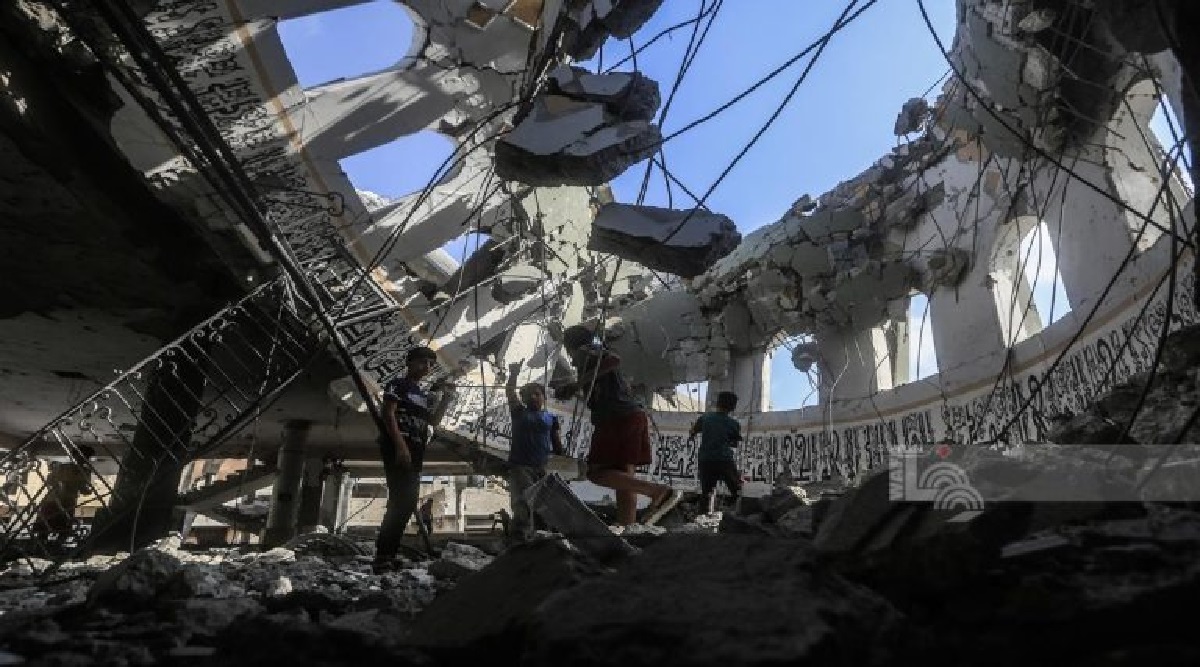
Amidst the destruction, 64-year-old Um Ahmed Al-Saqa, who used to reside near the Omar Mosque, expressed sorrow for the loss of the mosque more than the damage to her own home. She has been praying at the mosque since childhood, especially during the holy month of Ramadan. Now displaced in Deir al-Balah in central Gaza due to severe damage to her house, Um Ahmed Al-Saqa feels a deep emotional connection to the mosque.
“For us, Palestinians, it’s more than just a mosque. It’s our history and our present. When we talk about Gaza, we talk about the Omar Mosque. We thought it would be impossible to harm such a place, not just because it was a sacred site but due to its rich history and significance for Muslims and Christians worldwide,” she recalls.
The mosque, converted from a Byzantine church, stands as one of the oldest mosques in the world, symbolizing the broader cultural heritage now at risk in Gaza.
Um Ahmed Al-Saqa, a 64-year-old resident of Shuja’iya neighborhood just a few kilometers from the Omar Mosque, has been praying in the mosque since childhood, especially during the blessed month of Ramadan.
Even as a displaced person in Deir al-Balah in central Gaza due to severe damage to her home, Um Ahmed Al-Saqa expresses more sorrow for the destruction of the mosque than for her own dwelling.
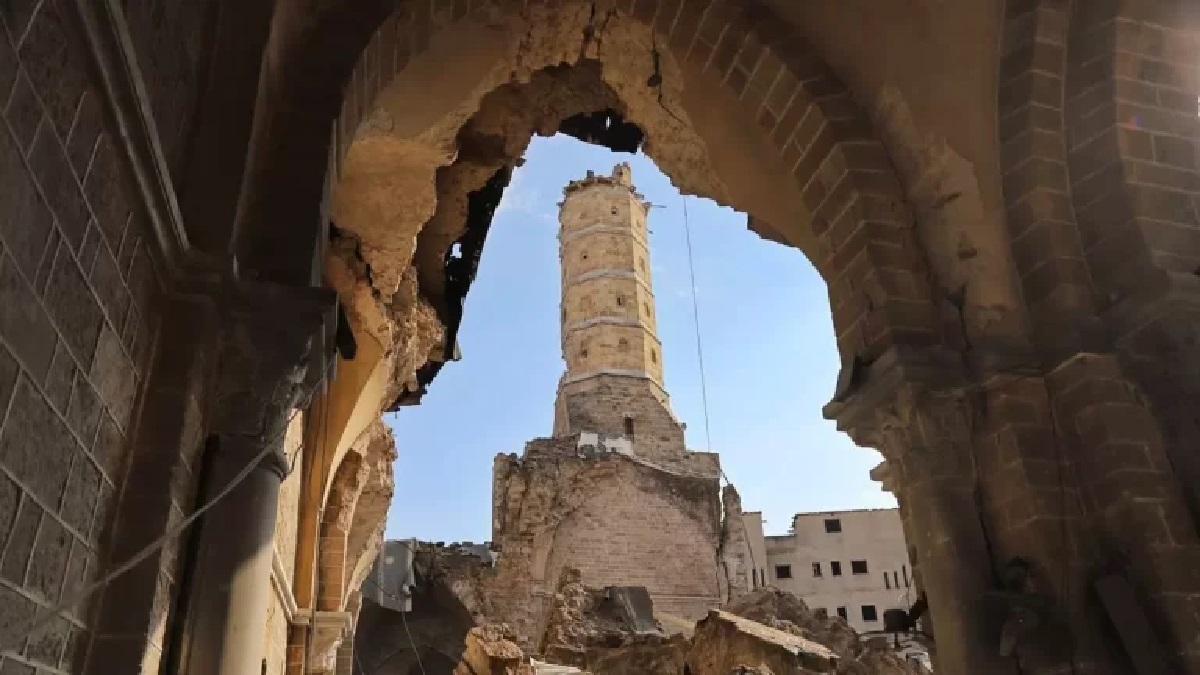
She reflects, “I was born and lived my entire life in this neighborhood. When I was about six years old, and throughout my childhood, my father used to take me and my siblings every night in Ramadan to perform the Tarawih prayer in this mosque… I have childhood memories and moments spent there.”
Um Ahmed emphasizes, “For us, Palestinians, it’s more than just a mosque. It’s our history and our present. When we talk about Gaza, we talk about the Omar Mosque. We thought it would be impossible to harm such a place, not just because it was a sacred site but due to its rich history and significance for Muslims and Christians worldwide.”
The mosque, converted from a Byzantine church, stands as one of the oldest mosques in the world, symbolizing the broader cultural heritage now at risk in Gaza.
Near the Omar Mosque lies the Samra Bathhouse, a prominent and rare example of Ottoman architecture in Gaza still standing.
On December 30th, Israeli airstrikes directly hit the site, leading to the destruction of Turkish-style landmarks with a history of over 1000 years.
On October 18th, the Church of St. Porphyrius, belonging to the Orthodox Romans, suffered damage due to an Israeli airstrike on the adjacent 141-year-old Baptist Hospital, the oldest hospital in the region.
Two days later, the church itself was directly targeted, resulting in the tragic death of at least 16 people and injuries to dozens from families seeking refuge within the church.
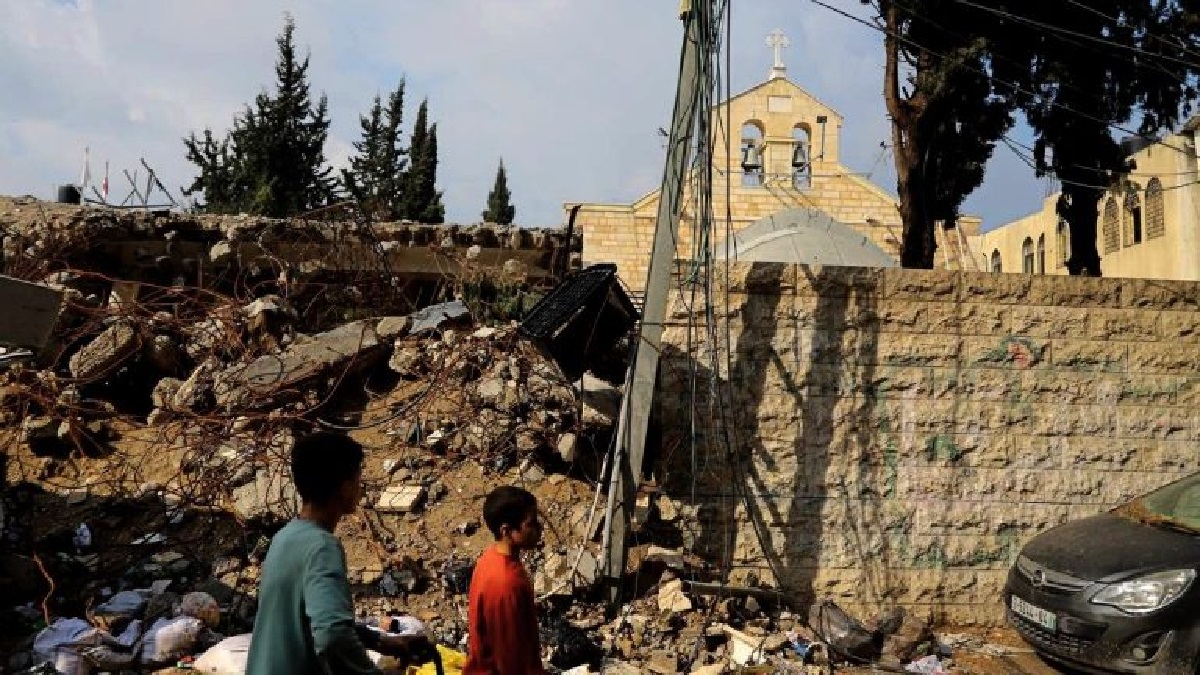
Randa Artin, a Christian resident of Gaza, shares that the church was one of the few religious sites where she and her community prayed and celebrated religious holidays, as Israel does not grant them permits to travel to Bethlehem through the Erez crossing each year.
She laments, “Churches in Gaza are not numerous, but they are all ancient and historical… So, if one church is destroyed, it’s not just one church, but hundreds of years have been erased.”
She continues, “Unlike any other church, we had a special spiritual connection with the Orthodox Roman Church. It is a symbol for Palestinian Christians in Gaza and throughout Palestine as well.”
She adds, “We used to celebrate Christmas there and light the tree with the children every year. It’s hard to believe that the few available places for Christians in Gaza have now been destroyed.”
The nearly 900-year-old church, one of the oldest in the world, is one of three churches damaged throughout the region.
Targeting Heritage Sites
In a report released in November, the Heritage for Peace organization documented the impact of the Israeli war on cultural heritage in Gaza. The organization stated that at least 104 out of 195 architectural heritage sites surveyed along the coastal strip were either destroyed or damaged.
As assessing on-site damages is impossible, experts from the United Nations Educational, Scientific and Cultural Organization (UNESCO) monitor the situation remotely “using satellite data and information sent to them by third parties, in coordination with their partners.”
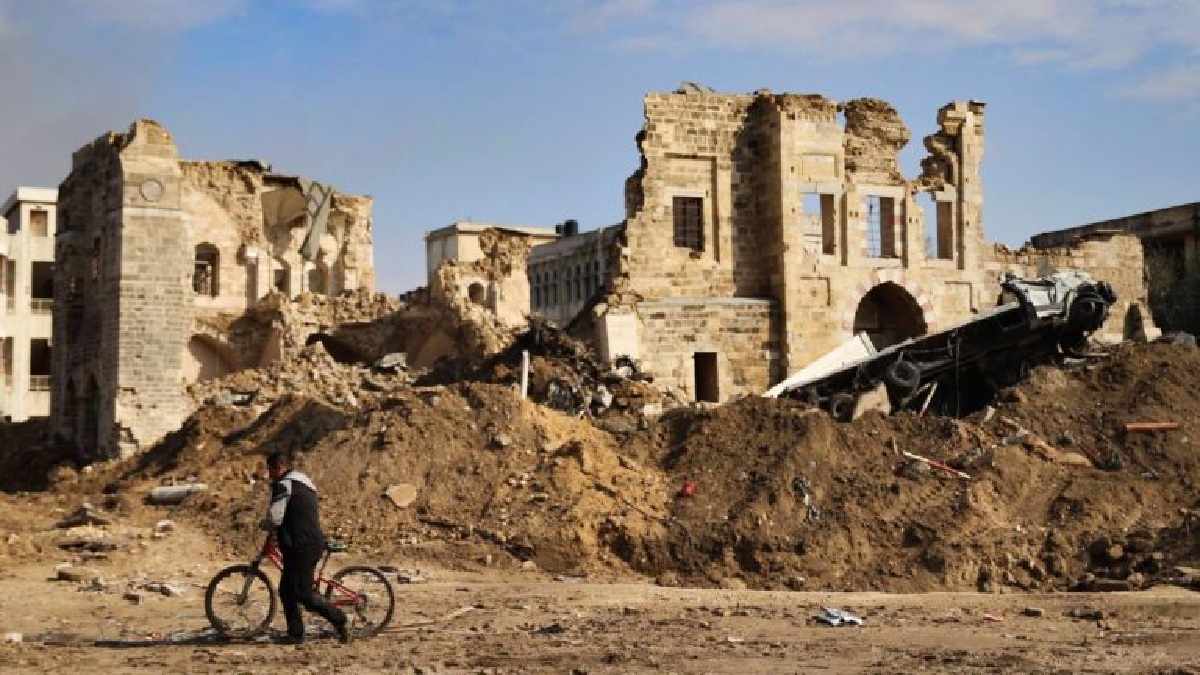
A UNESCO spokesperson, requesting anonymity, stated, “UNESCO began remote monitoring in early October. As part of this remote monitoring, we are particularly concerned about the situation of the ruins of St. Hilarion, listed on the Temporary National Heritage List in 2012… These are the remains of one of the oldest Christian monasteries in the region.”
The ruins of St. Hilarion are part of the Tel Ammar site located in the Nusseirat camp in central Gaza. The site has suffered severe damage due to the Israeli bombing campaign.
The spokesperson added, “The conflict in Gaza has caused a serious humanitarian crisis affecting all aspects of civilian life. UNESCO is deeply concerned about its impact on education, culture, and the protection of journalists – important pillars of its mission.”
